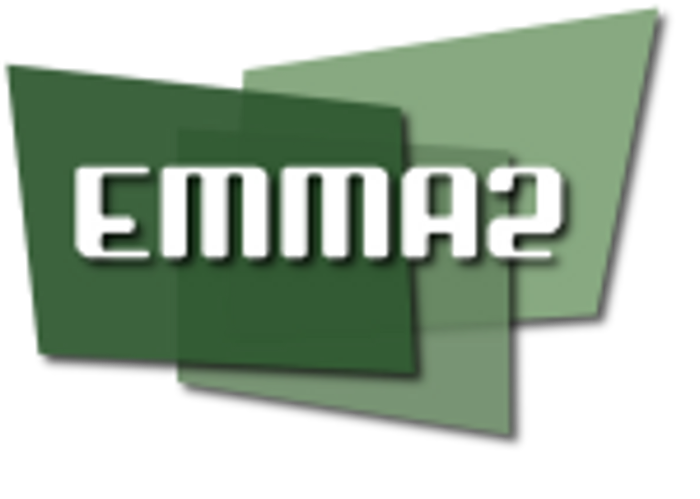A MAGE-compliant system for the collaborative analysis and integration of microarray data
As a high throughput technique, microarray experiments produce large data sets, consisting of measured data, laboratory protocols, and experimental settings. We have implemented the open source platform EMMA2 to store and analyze these data.
The EMMA2 software is provided as a MAGE-compliant software platform for the evaluation of data resulting from genome-wide transcriptomics studies. So far it has been used for analyzing microarray data of more than 20 organisms. Detailed experimental setups and protocols as well as all raw data sets are stored in a separate LIMS component (ArrayLIMS). EMMA2 allows mapping of gene expression data onto proteome data or pathways and vice versa. It provides extensible analysis and visualization plug-ins via the R-language. Normalization of single and multiple microarrays and statistical tests for inferring differentially expressed genes are available as single analysis steps or within automated data processing pipelines. Co-regulated genes can be detected easily through the integrated cluster analysis methods. EMMA2 allows to access the raw transcriptome data sets stored in the separate ArrayLIMS component and provides automated pipelines for data processing, allowing an automated or manual analysis of expression profiles. Its modular architecture that can be easily extended. EMMA2 features detailed reports about spots and their corresponding measurements. In addition to routine data analysis algorithms, the system can be integrated with other components that contain additional data sources (e.g., genome annotation systems).
ArrayLI MS is a Microarray Laboratory Information Management system developed in close cooperation with biologists that are carrying out microarray experiments for many years. The LIMS has been designed in order to streamline their data acquisition and reporting processes. It provides a permanent and consistent storage of the microarray experiment data as well as a fast information retrieval, making the data rapidly available. The stored data is standardized, consisting of the hybridization steps (e.g. RNA production), production of the hybridization targets or the hybridization itself. It is also possible to store images of the hybridized and scanned slides as well as the corresponding data files. Overall, the LIMS will not only contain the raw experimental data, but also all relevant biological and technical information, (the experimental setup, the experimental and technical conditions used and the relevant parameters of the biological material analyzed).
MS is a Microarray Laboratory Information Management system developed in close cooperation with biologists that are carrying out microarray experiments for many years. The LIMS has been designed in order to streamline their data acquisition and reporting processes. It provides a permanent and consistent storage of the microarray experiment data as well as a fast information retrieval, making the data rapidly available. The stored data is standardized, consisting of the hybridization steps (e.g. RNA production), production of the hybridization targets or the hybridization itself. It is also possible to store images of the hybridized and scanned slides as well as the corresponding data files. Overall, the LIMS will not only contain the raw experimental data, but also all relevant biological and technical information, (the experimental setup, the experimental and technical conditions used and the relevant parameters of the biological material analyzed).
Dondrup, M., S. Albaum, T. Griebel, K. Henckel, S. Jünemann, T. Kahlke, C.K. Kleindt, H. Kuester, B. Linke, D. Mertens, V. Mittard-Runte, H. Neuweger, K.J. Runte, A. Tauch, F. Tille, A. Pühler, & A. Goesmann. 2009. “EMMA 2-A MAGE-compliant system for the collaborative analysis and integration of microarray data”. BMC Bioinformatics 10: 50.
PUB | PDF | PubMed | UK PMC
Dondrup, M., A.T. Hueser, D. Mertens, & A. Goesmann. 2009. “An evaluation framework for statistical tests on microarray data”. Journal of Biotechnology 140(1-2): 18 - 26.
PUB | PubMed | UK PMC



